FGD Plants- Flue Gas Desulfurization– A Boon to Environment
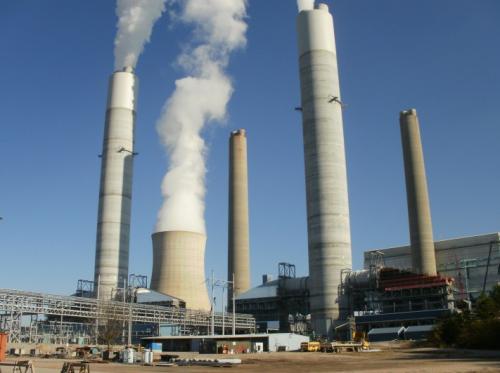
The flue gas desulphurization (FGD) plant was designed to remove Sulphur Dioxide from the flue gas before it gets released into the atmosphere. This as a result reduces the impact of sulphur on the environment. The FDG technology removes the sulphur content when British coal is burnt which is known to have high content of sulphur.
How does FGD work?
The FGD technology works on the basis of the chemical reaction that happens when warm exhaust gases that are released from the coal fired boiler get in touch or contact with the limestone. This chemical reacting helps in removal of about 92% of the sulphur dioxide that is released from the flue gas. It then converts limestone into calcium sulphate.
Practically, the flue gas is pushed into the ductwork from the boiler and then forced into the absorber tower with the help of booster fan. Once it enters the absorber tower, the gas gets in touch with the slurry mixture of limestone. Spraying of the slurry mixture is done from the banks of the nozzles that are located towards the tower top.

When the limestone and warm gas comes in contact with each other, a chemical reaction takes place between the sulphur dioxide present in the gas and the limestone. This chemical reaction removes the sulphur dioxide from the flue gas which is then converted into calcium sulphate. The calcium sulphate and the slurry of limestone fall on the base of the absorber in the presence of compressed air. The calcium sulphite gets oxidized by the compressed air and gets converted into calcium sulphate, popularly known as gypsum.
This is how the environment is protected from the harmful substances which are released into the atmosphere from the exhaust of fossil fuel power plants and from the other sulphur oxide emitting systems.
Advantages of Flue Gas Desulphurization
1. High contents of sulphur dioxide can be removed.
2. The efficiency of the process if 50% to 98%
3. The end products formed after the reaction are reusable
4. The regaents used in the process are inexpensive and are readily available.
5. The retrofit difficulty is low and sometimes moderate.
The flue gas desulfurization plants (FGD plants) in India have efficiently addressed the needs of the environment and removed the pollutants and other emissions at a very low cost. The licensed plants that are meant to protect the environment have special application advantages and performance capabilities which is commendable.
How does FGD work?
The FGD technology works on the basis of the chemical reaction that happens when warm exhaust gases that are released from the coal fired boiler get in touch or contact with the limestone. This chemical reacting helps in removal of about 92% of the sulphur dioxide that is released from the flue gas. It then converts limestone into calcium sulphate.
Practically, the flue gas is pushed into the ductwork from the boiler and then forced into the absorber tower with the help of booster fan. Once it enters the absorber tower, the gas gets in touch with the slurry mixture of limestone. Spraying of the slurry mixture is done from the banks of the nozzles that are located towards the tower top.

When the limestone and warm gas comes in contact with each other, a chemical reaction takes place between the sulphur dioxide present in the gas and the limestone. This chemical reaction removes the sulphur dioxide from the flue gas which is then converted into calcium sulphate. The calcium sulphate and the slurry of limestone fall on the base of the absorber in the presence of compressed air. The calcium sulphite gets oxidized by the compressed air and gets converted into calcium sulphate, popularly known as gypsum.
This is how the environment is protected from the harmful substances which are released into the atmosphere from the exhaust of fossil fuel power plants and from the other sulphur oxide emitting systems.
Advantages of Flue Gas Desulphurization
1. High contents of sulphur dioxide can be removed.
2. The efficiency of the process if 50% to 98%
3. The end products formed after the reaction are reusable
4. The regaents used in the process are inexpensive and are readily available.
5. The retrofit difficulty is low and sometimes moderate.
The flue gas desulfurization plants (FGD plants) in India have efficiently addressed the needs of the environment and removed the pollutants and other emissions at a very low cost. The licensed plants that are meant to protect the environment have special application advantages and performance capabilities which is commendable.
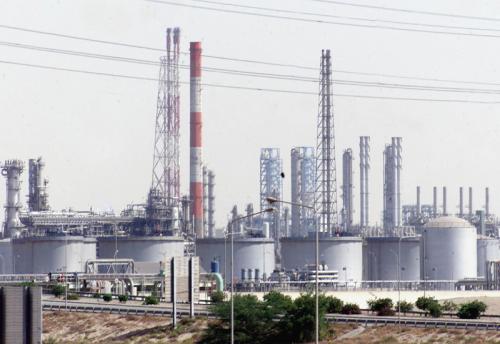

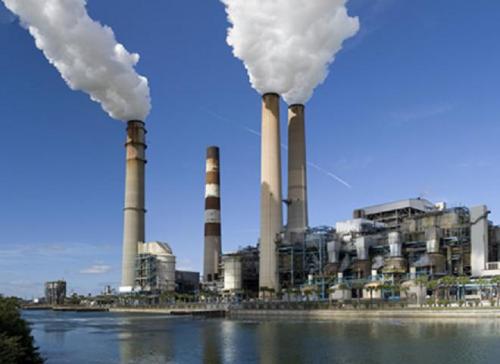
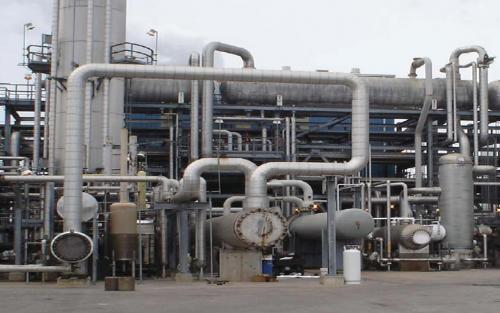
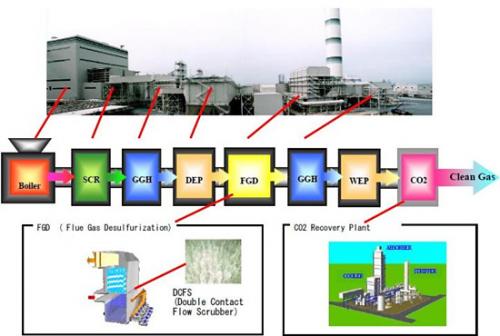
Comments